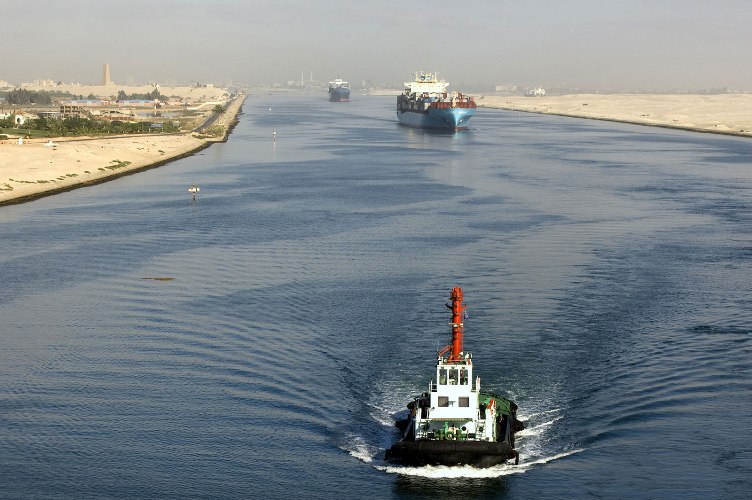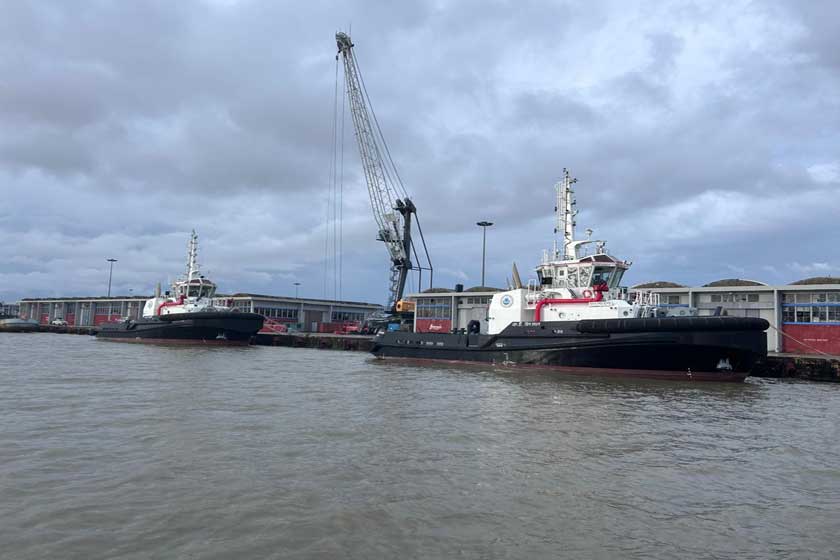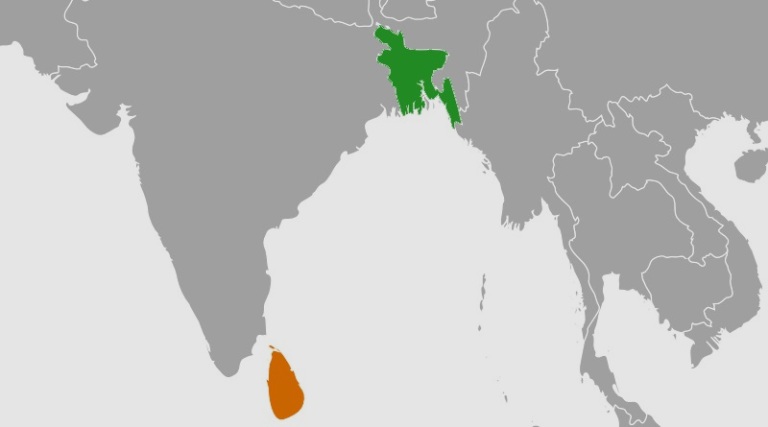
Insert: This is not a story you hear every day; maritime logistics do not cross most people's minds often, let alone wind up in the national news. But they are nonetheless pivotal to global trade. This story provides a stark reminder of the tenuous nature of our maritime global supply chain and the dangers to maritime choke points.
The Suez Canal made headlines on Wednesday. A 59-meter-(194-feet)-wide container ship called the Ever Given rammed into the eastern bank of the 120-mile-long Suez Canal. Traveling at a speed of 13 knots (15 mph), the 1,300 foot, 200,000-ton ultra large container ship came to a sudden stop with her bow aground in Asia and her stern at rest in Africa, creating a blockage in a waterway that sees 12% of the world commerce pass through it every year. As of Thursday, tugboats are still working to dislodge the Ever Given.
This is not a story you hear every day; maritime logistics do not cross most people's minds often, let alone wind up in the national news. But they are nonetheless pivotal to global trade. This story provides a stark reminder of the tenuous nature of our maritime global supply chain and the dangers to maritime choke points.
The closure of the Suez Canal has massive ramifications. Every day, 3.3 million tons of cargo traverse this waterway. On average, 50 ships arrive at the ports waiting to embark on their day-long passage. As Ever Given remains firmly across the canal, shipping companies will have to fathom the option of sending ships around Africa, adding as much as two weeks to their journey. All of this means a slow down in the delivery of goods, fuel and essential material between Asia and Europe. Factories depending on parts from Asia may have to close, and essential goods and products to battle Covid-19 may be inaccessible. Fuel prices, already high in Europe, could further increase.
A failure of machinery, human error or natural events -- high winds and reduced visibility -- may have caused Ever Given to run ashore in the Suez Canal.
But its impact will resonate far from its banks as it has blocked the jugular of one of the largest trade routes in human history.
The Suez Canal was opened in November 1869 to great fanfare after 10 years of excavation. A joint endeavor by France and Great Britain, it provided a shorter route to Asia than having to circumnavigate Africa. Connecting the Mediterranean Sea and the Indian Ocean via the Red Sea, the vital waterway was essential to maritime commerce. In the First World War, Turkish forces tried to attack the canal from the east, and in the Second World War, General Erwin Rommel and the Afrika Korps aimed to do the same from the west.
Dislodging the huge ship blocking the Suez Canal could take 'days to weeks,' as the traffic jam builds
Dislodging the huge ship blocking the Suez Canal could take 'days to weeks,' as the traffic jam builds
In 1956, after the war and during the height of anti-colonialism, Egyptian President Gamal Abdel Nasser nationalized the canal, precipitating the Suez Crisis with Israel, France and Great Britain. This resulted in its closing until March 1957. Then, in June 1967, the Six-Day War led to the Suez Canal becoming the border between a warring Egypt and Israel for eight years. The outbreak of the conflict found more than a dozen ships -- the Yellow Fleet -- caught in the canal and trapped for the duration. The crews of this international fleet formed the "Great Bitter Lake Association," and even competed in their own version of the Olympics. The ships remained until 1975.
This closure forced a revolution in maritime transportation with the creation of supertankers -- very large crude carriers. With the canal closed, ship designers built ships that were too large for the Suez Canal and had to sail around the Cape of Good Hope. This economy of scale in transportation has evolved from supertankers to mega cruise ships and container ships such as Ever Given. In 1956, American Malcolm McLean developed the concept of intermodalism. Instead of individual goods being loaded into a truck, then offloaded at a port, and then loaded into a ship and the process reversed, he developed the modular shipping container, which allowed for containers filled with goods to be transferred, streamlining the process. When SS Ideal X sailed from Newark, New Jersey, to Houston, Texas, with 58 containers on its deck, McLean could not have envisioned a ship the size and scale of Ever Given.
By 2020, containerized cargo made up nearly 40% of the 11 billion tons shipped on the world's oceans annually. The movement of goods by container has continually grown except during the economic recession of 2008 and the tariff fight between China and the United States along with the Covid-19 crisis in 2020. One of the main arteries for this trade runs between Eastern Asia and Europe.
The 23 million containers that moved between Asia and Europe in 2020 sailed through some of history's most contested waters, such as the Strait of Singapore and Malacca Strait, the Bab-el-Mandeb, the Straits of Gibraltar and the most relevant today, the Suez Canal.
Great Britain controlled all these maritime choke points during its imperial height. It allowed Britain to influence ocean commerce and trade. Today, many of these are patrolled and regulated by international conventions and patrolled by navies, but the Suez Canal is wholly owned and controlled by Egypt.
Salvatore R. Mercogliano, the article published on CNN.












0 Comments